Mulhouse Old Town may seem to be at odds in Alsace, where visitors are used to seeing half-timbered houses in picturesque districts such as Colmar and Strasbourg. Despite the many concrete buildings built in the aftermath of World War II, the old town hides several historic monuments. In place of traditional Alsatian half-timbering, Mulhouse reveals houses with painted walls, decorated with frescoes and manors and townhouses made of bricks.
The fortifications of Mulhouse
From the former fortifications that used to surround Mulhouse there remain two towers accounting for the town’s oldest buildings: the Devil’s Tower (Tour du Diable) and the Bollwerk Tower (Tour du Bollwerk).
Built in the 13th century, the Devil’s Tower was used as a prison, in particular for witches.
The Bollwerk Tower, a symbol of Mulhouse, is a defensive bastion from the 14th century. Its name means “bastion” and produced the French word “Boulevard” as cities dismantled their ramparts and moats in the 19th century in most of France to give way to large streets. The Bollwerk Tower was separated from its ramparts in 1840. In the 1970s, Bernard Latuner restored the fresco on the façade depicting a knight.
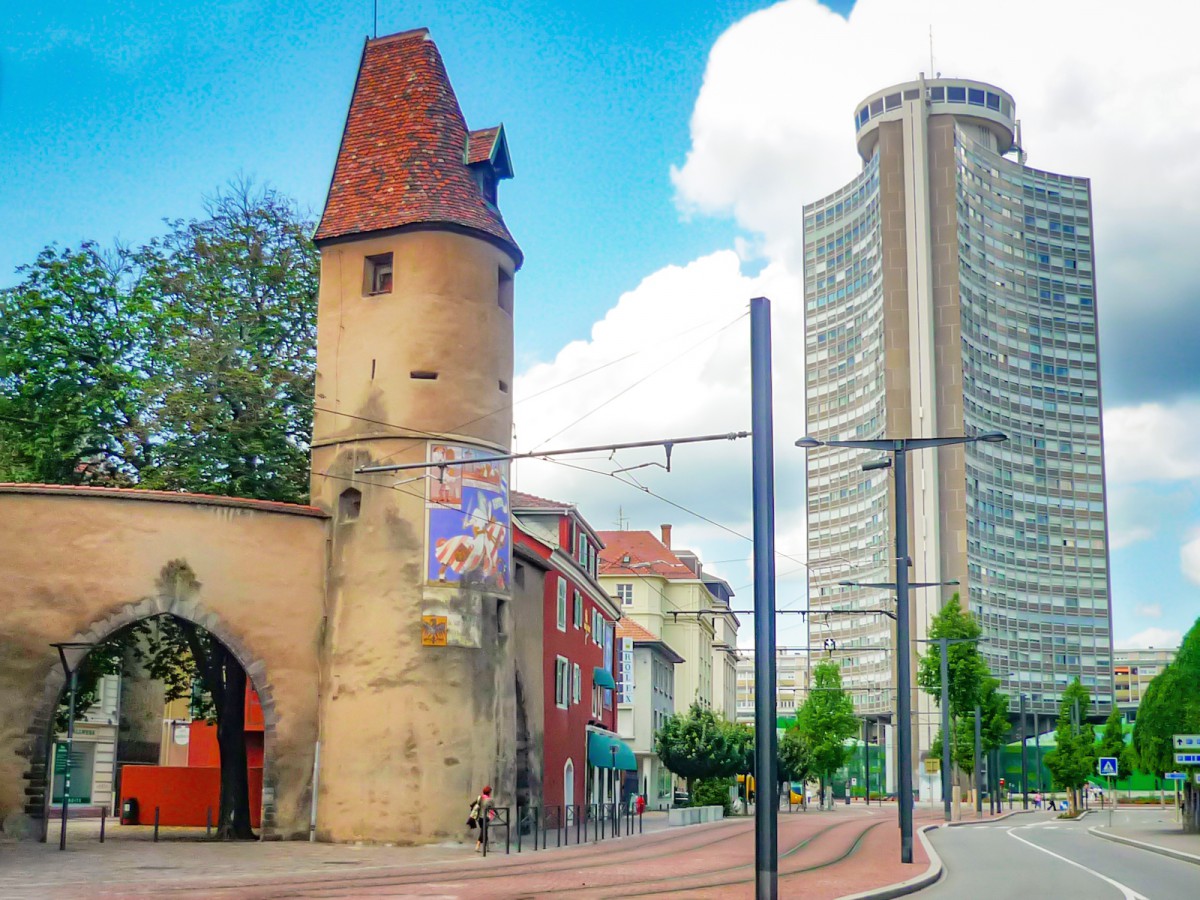
The State listed the Bollwerk Tower as a Historic Monument since 1898.
Mulhouse Old Town: Place de la Réunion
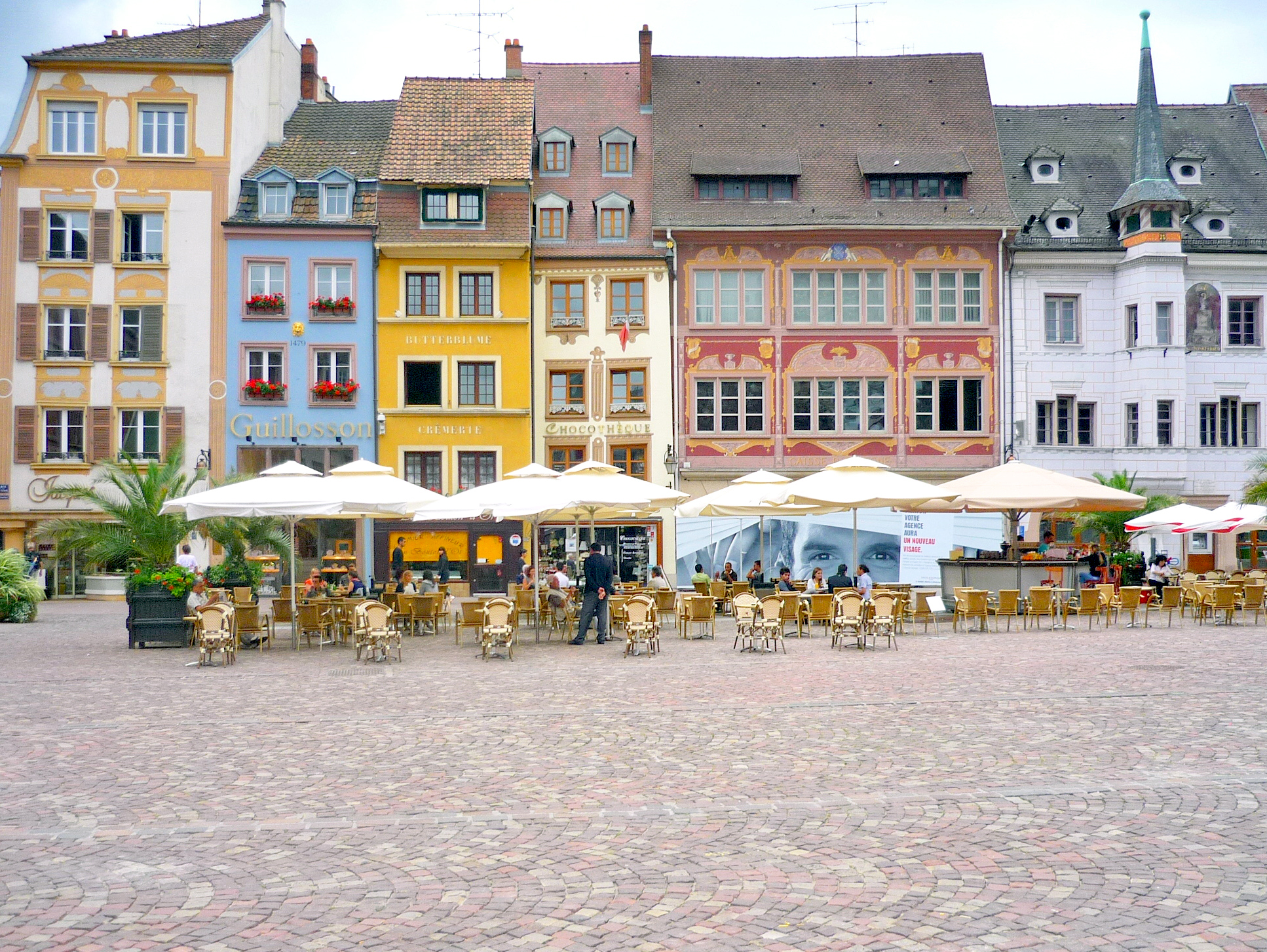
The epicentre of the life of Mulhouse is Place de la Réunion. The square takes its name from the joining of the city with the young French Republic on 15 March 1798. It looks over the pedestrian shopping streets of Rue Mercière, Rue de la Lanterne and Rue Henriette.
Located in its centre, the statue of the Yeoman stands over a fountain.
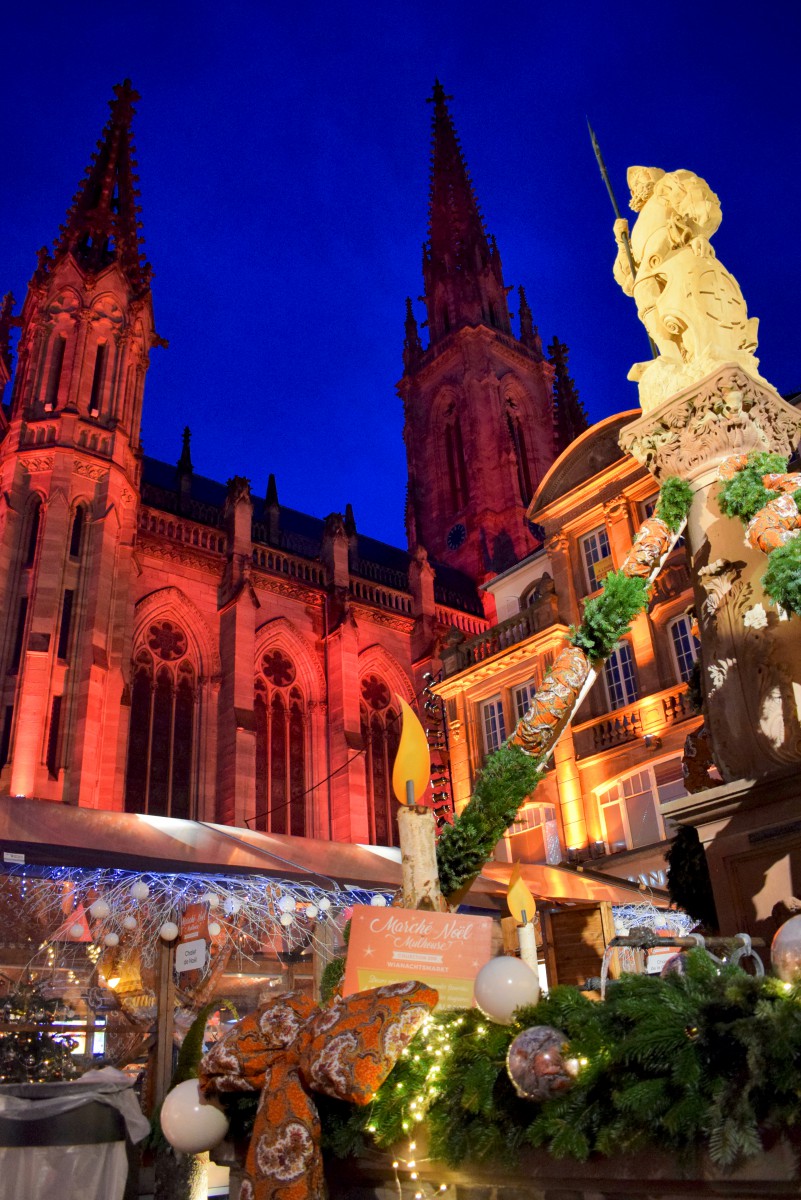
The square is surrounded by most of Mulhouse’s interesting buildings: the Saint-Etienne Protestant Temple, the former Town-Hall, the Mieg house and the Lys Pharmacy.
The former Town-Hall
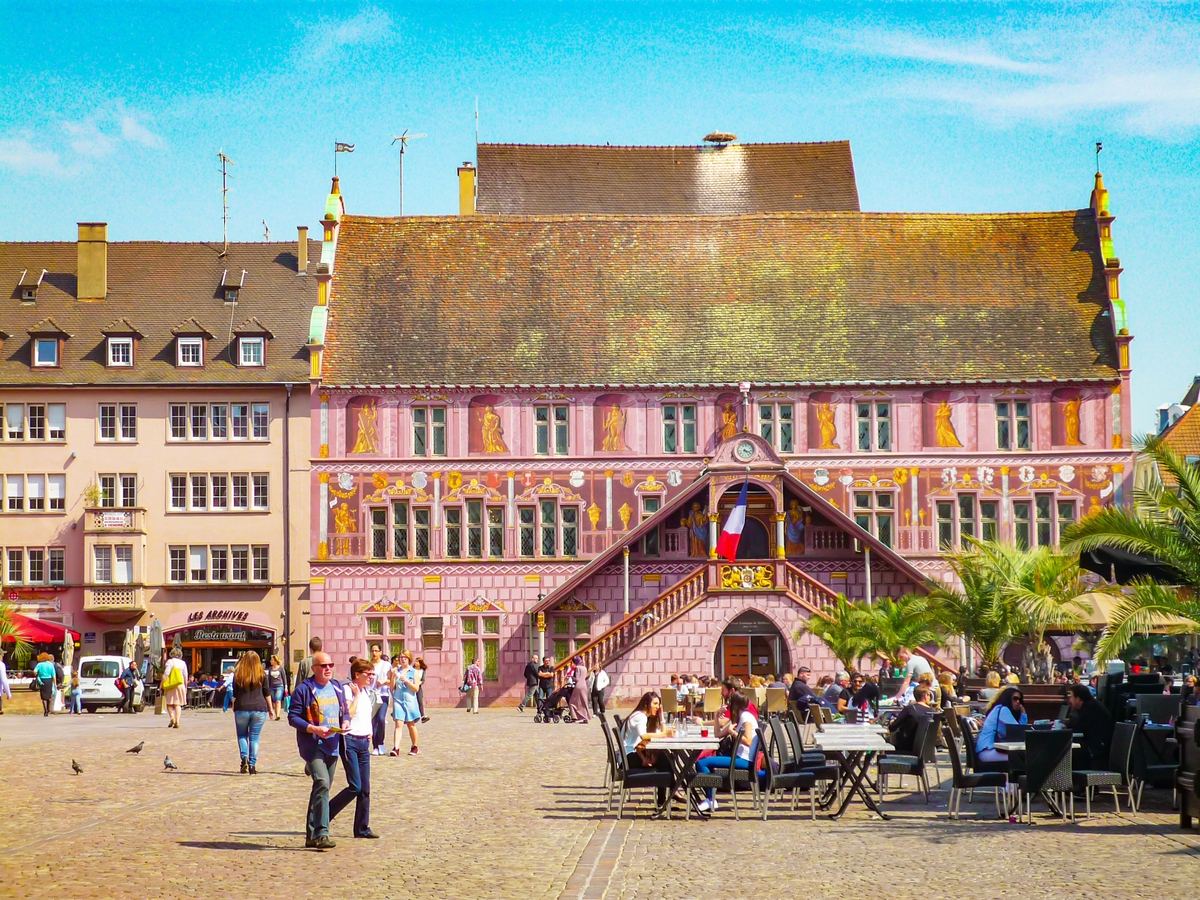
The beautiful Old Town Hall on Place de la Réunion dates back to 1551. Built by Michel Lynthumer, an architect from Basle, it is a masterpiece of Rhenish Renaissance architecture. Passing through Mulhouse in 1580, French writer Montaigne described the monument as a “magnificent gilded palace”. Its façade was decorated in 1698 by Jean Gabriel in trompe-l’oeil, representing allegorical figures symbolising good government and justice as well as the coat of arms of the Swiss cantons to which Mulhouse was allied.
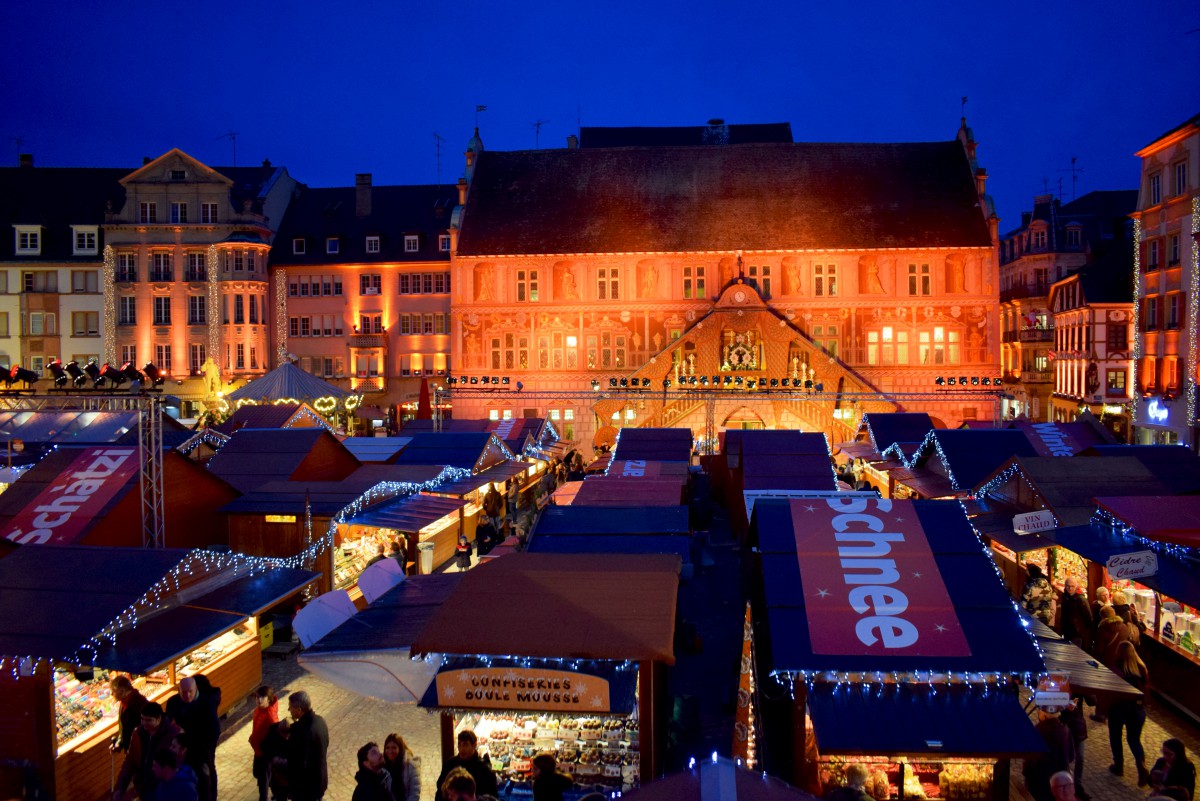
These coats of arms were removed when Mulhouse joined France in 1798 before being painted back on during the 1988 restoration of the façade.
The Old Town Hall now houses the historical museum of Mulhouse, which records the history of the autonomous Republic of Mulhouse before 1798.
On the right side of the building hangs a reproduction of the Klapperstein, the “chatterbox stone”.

The Klapperstein is a stone suspended by a chain, representing a man’s head with eyes wide open and sticking out his tongue. The original 12kg piece of stone is kept in the historic museum inside the building. In the Middle Ages and until 1798, slanderous people were condemned to cross the town on a donkey with a stone hanging from their necks.

The original text written in German on the façade next to the stone says:
I am called the “chatterbox stone”
Well known to badmouths.
Whoever takes pleasure in squabbling and quarrelling
Will carry me across the town
The Saint-Étienne Protestant Temple
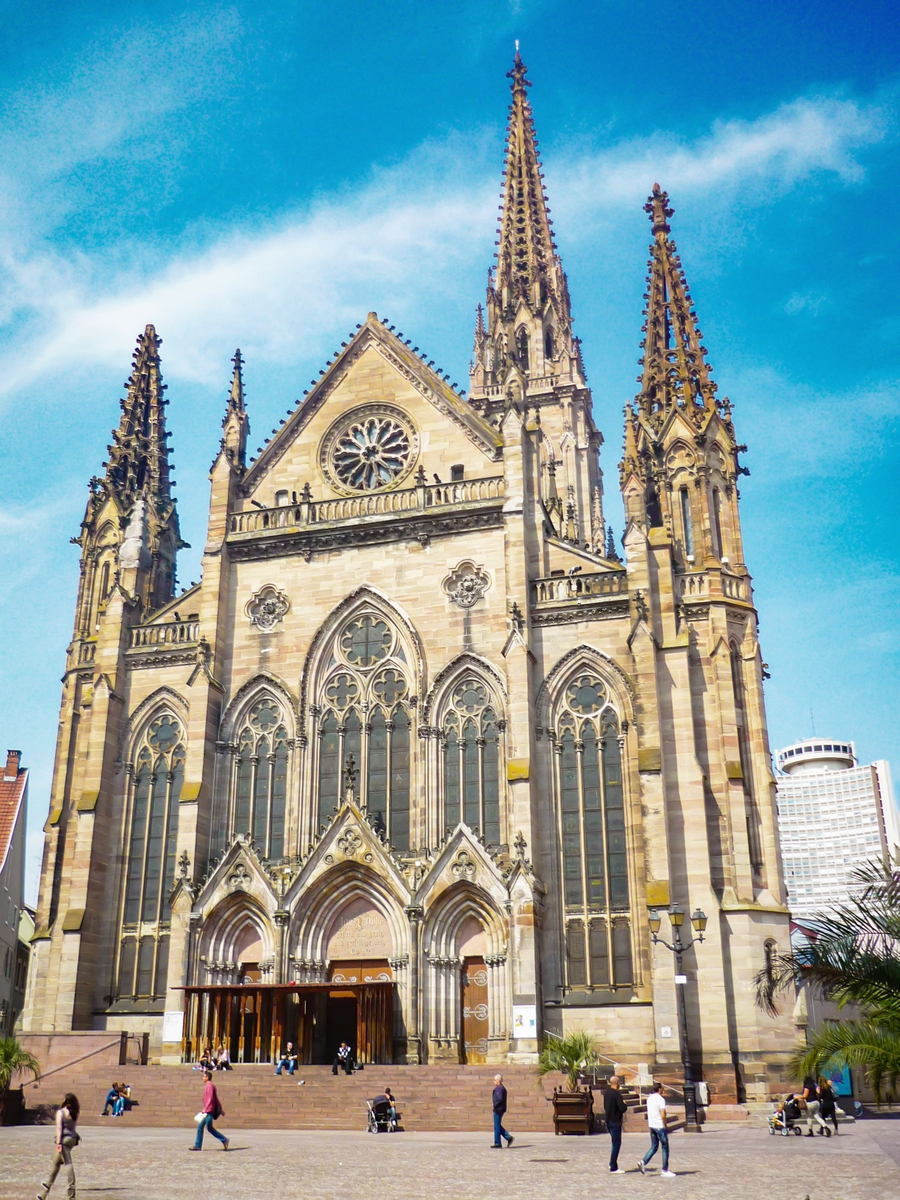
This 97-metre-high Saint-Étienne Temple sanctuary is the highest Protestant church in France and the second-tallest church in Alsace after the Cathedral of Strasbourg. Replacing a former Romanesque-Gothic church, the current building was erected by architect Jean-Baptiste Schacre between 1859 and 1866.
Thann collegiate inspired the soaring spire of the Temple and recalls more generally the style of Rhenish spires. The bell tower houses a chime cast in 1867 in Zurich, which is the largest chime found in a Protestant Temple in all of France.
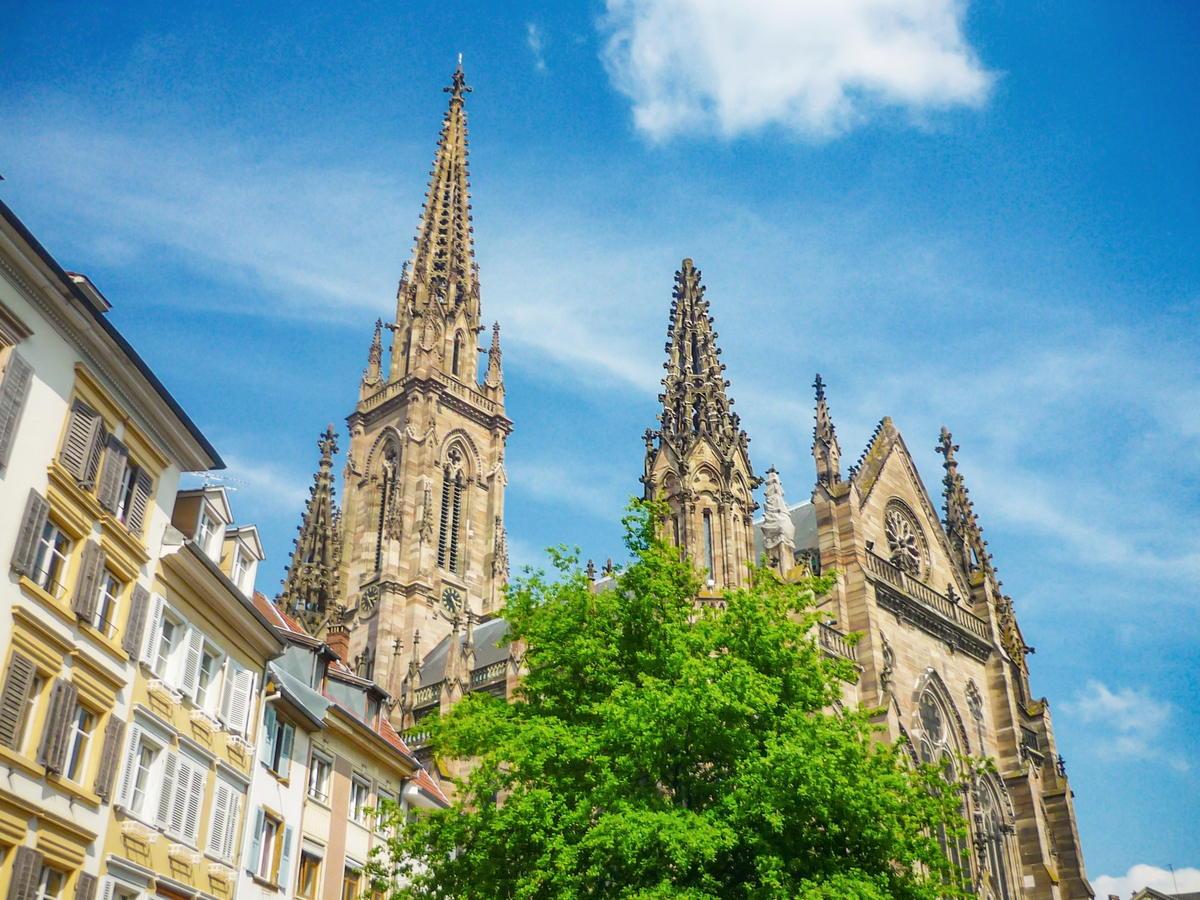
From the former church, the current Temple retained the original stalls from 1637 and the 12th-century stained-glass windows which are some of the most beautiful in the region.
The Mieg House
Firstly mentioned in 1418, this mansion with its easily recognisable turret was converted into a bourgeois Renaissance house. The largest house on the Place de la Réunion, it was inhabited by Louis Witz, who affixed his coat of arms to the façade around 1640. Later, the Miegs, an influential local manufacturing family, lived there from 1679 until 1840 and painted the trompe-l’oeils.
The Lys Pharmacy
This house was first inhabited in 1464. In 1649, after the Thirty Years War, Jean-Henri Engelmann bought it to establish a pharmacy, which still operates today. Notice inside the building, the ceiling is decorated with paintings dating from the 17th century.
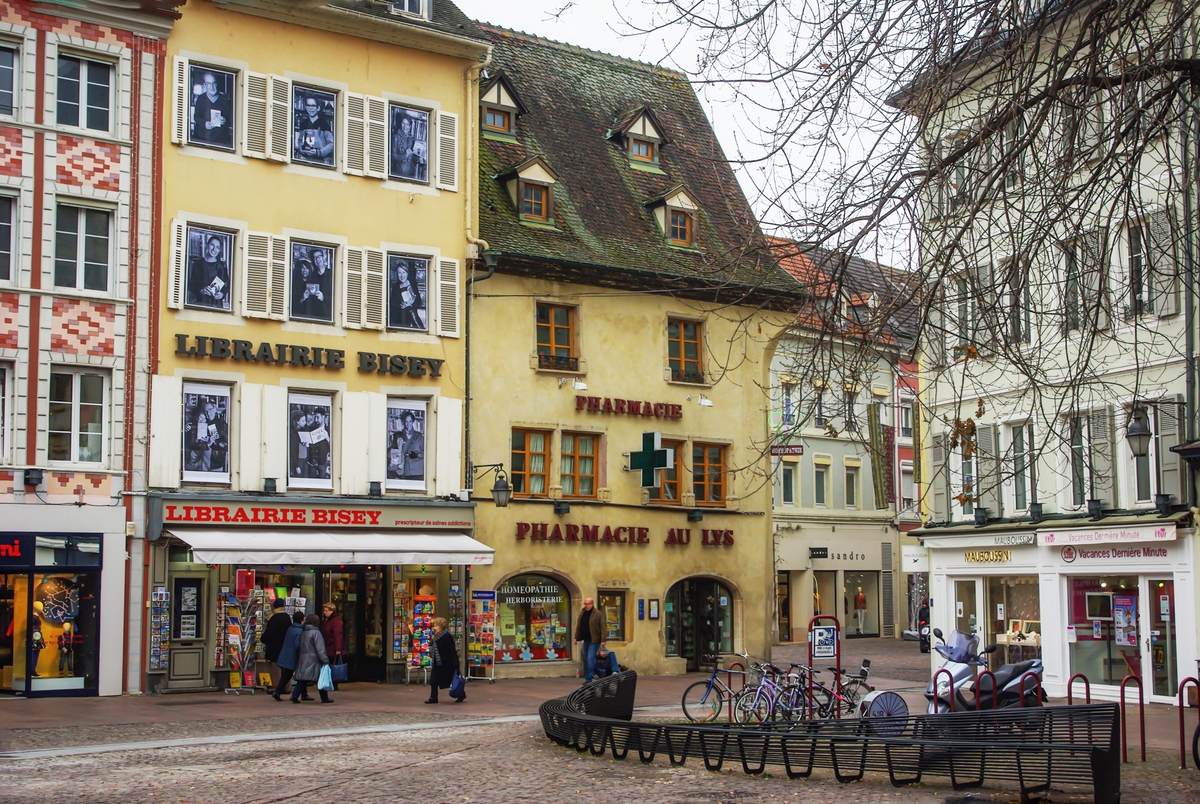
Mulhouse Old Town: the Upper Town
The Chains Court and Rue des Franciscains
The Chains Court (Cour des Chaînes) is a large house built in the 16th century. Its name comes from the chains that separated the inside courtyard from the street.
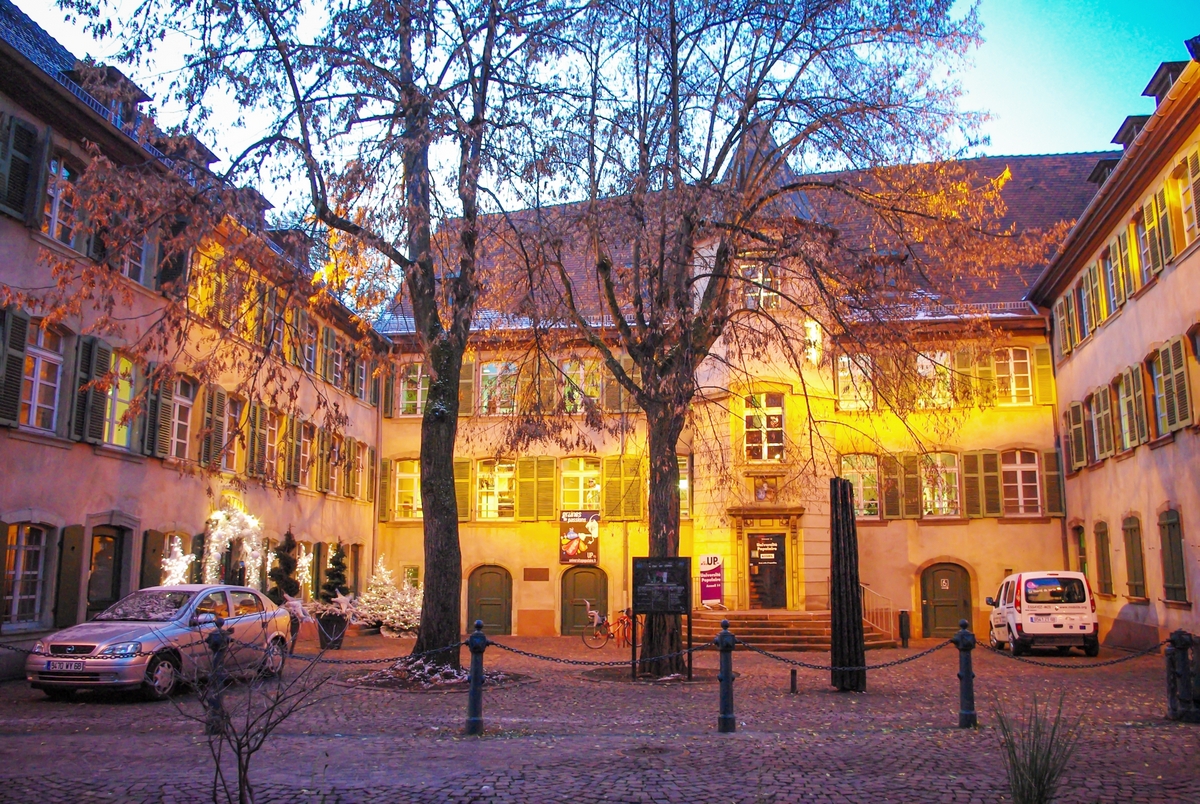
The building contains a fine spiral staircase in the central turret as well as magnificent painted ceilings created in 1675. In the 18th century, the Cour des Chaînes housed a textile factory.
The rue de Franciscains is a picturesque street that leads to the St. John chapel.
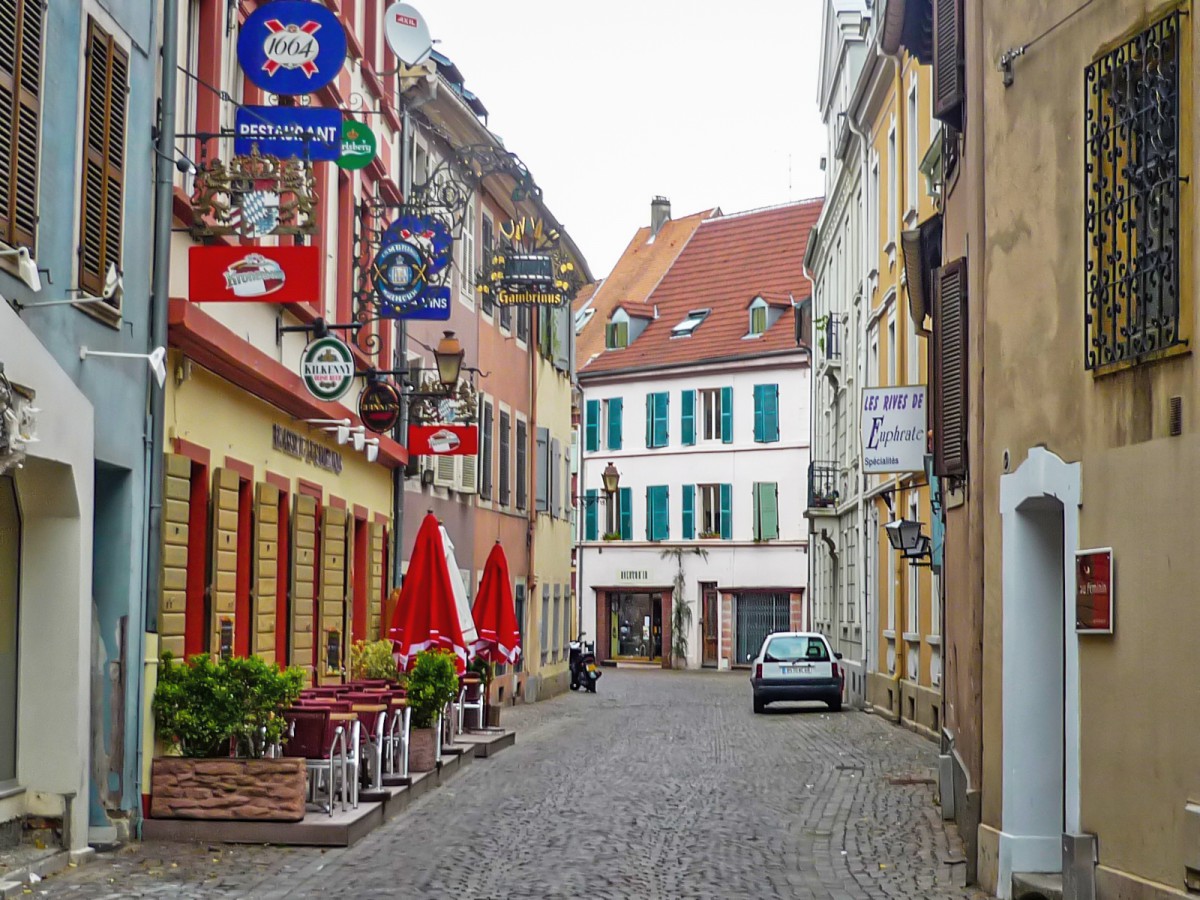
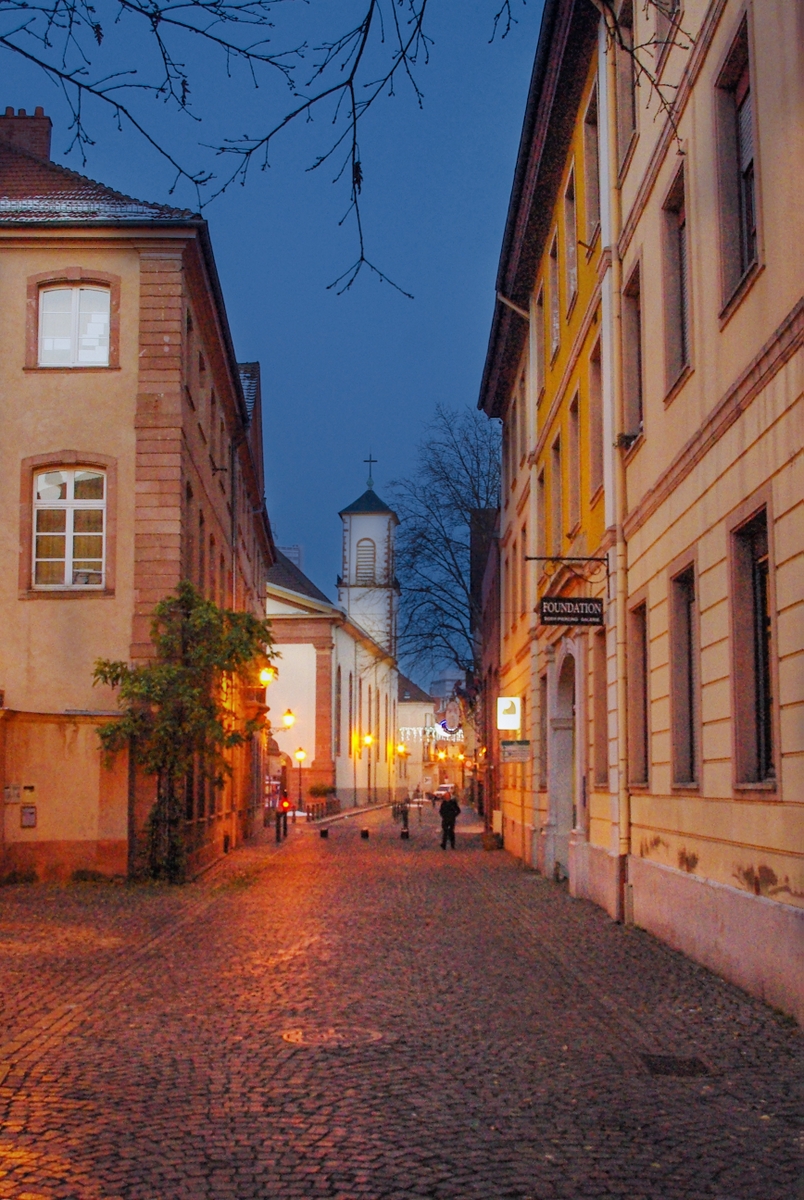
The Saint John Chapel
The 13th-century Saint John Chapel remains the only trace of the Knights of Malta commandery. Until the Reformation, the Order was the most important one in Mulhouse in the Middle Ages. When Mulhouse joined France in 1798, the city sold it as communal property and subsequently housed a brewery, a smithy and a warehouse.
In 1893, the sanctuary was the first monument in Mulhouse to be listed as a historic monument. Today, it serves as a concert and exhibition hall.
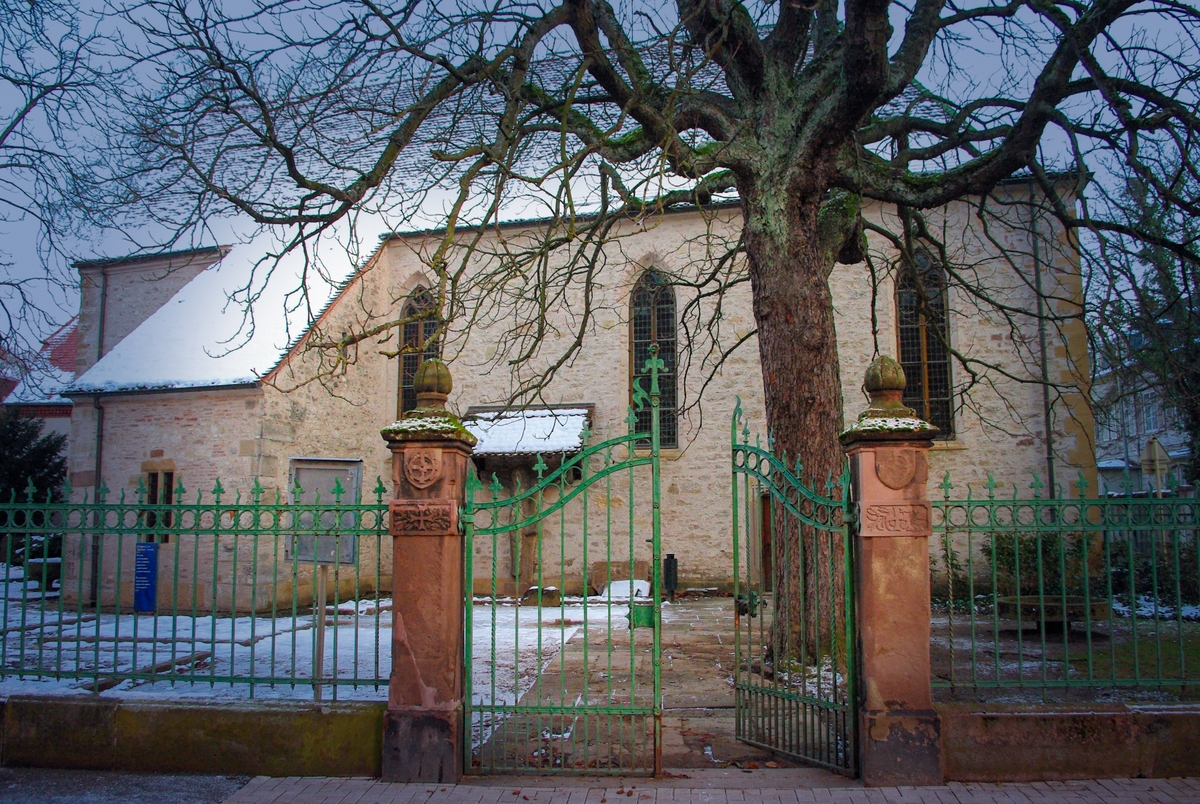
The new district around the Square de la Bourse
In the early 19th century, a new district was built to the south of the town.
![Place de la République, Mulhouse © Taxiarchos228 - licence [CC BY-SA 3.0] from Wikimedia Commons](https://frenchmoments.eu/wp-content/uploads/2020/09/Mulhouse-Place-de-la-République-©-Taxiarchos228-licence-CC-BY-SA-3.0-from-Wikimedia-Commons.jpg)
Serving as an emblem of the industrial boom experienced by Mulhouse at the time, the “Nouveau Quartier” is set around a triangular garden, the Square de la Bourse, which is surrounded by arcaded buildings.
The Europe Tower that towers over Mulhouse Old Town
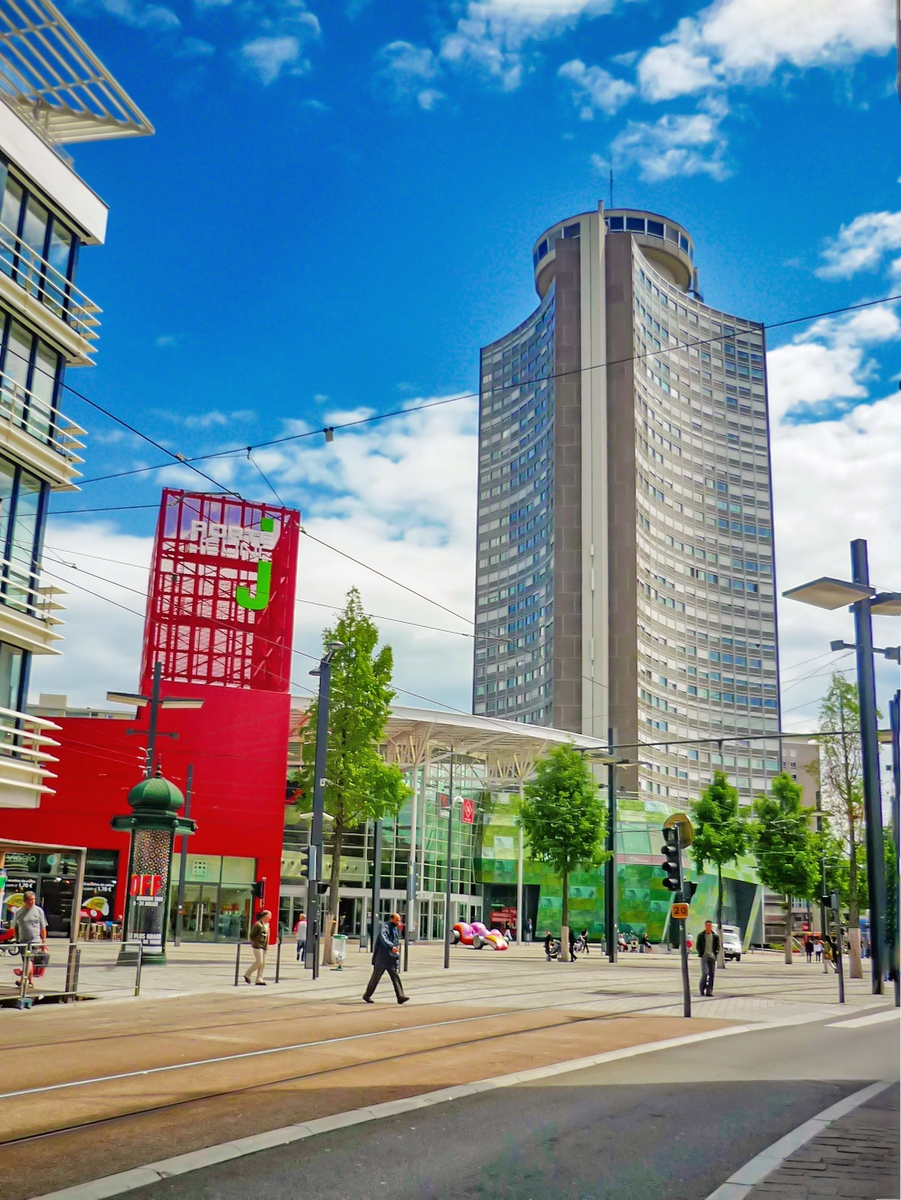
The Europe Tower, at 112 metres, is Alsace’s tallest office building. Completed in 1972 by architect François Spoerry, the reinforced-concrete structure takes the form of a triangle representing the three borders: France, Germany and Switzerland.
Mulhouse Old Town: More Info
Mulhouse is famous for its technical museums:
- Cité de l’Automobile
- Cité du Train
- Electropolis
- Printed Fabric Museum
- and the Zoological and Botanical Garden
![Zoo of Mulhouse © Vassil - licence [CC0] from Wikimedia Commons](https://frenchmoments.eu/wp-content/uploads/2020/09/Zoo-de-Mulhouse-Ours-blanc-©-Vassil-licence-CC0-from-Wikimedia-Commons.jpg)
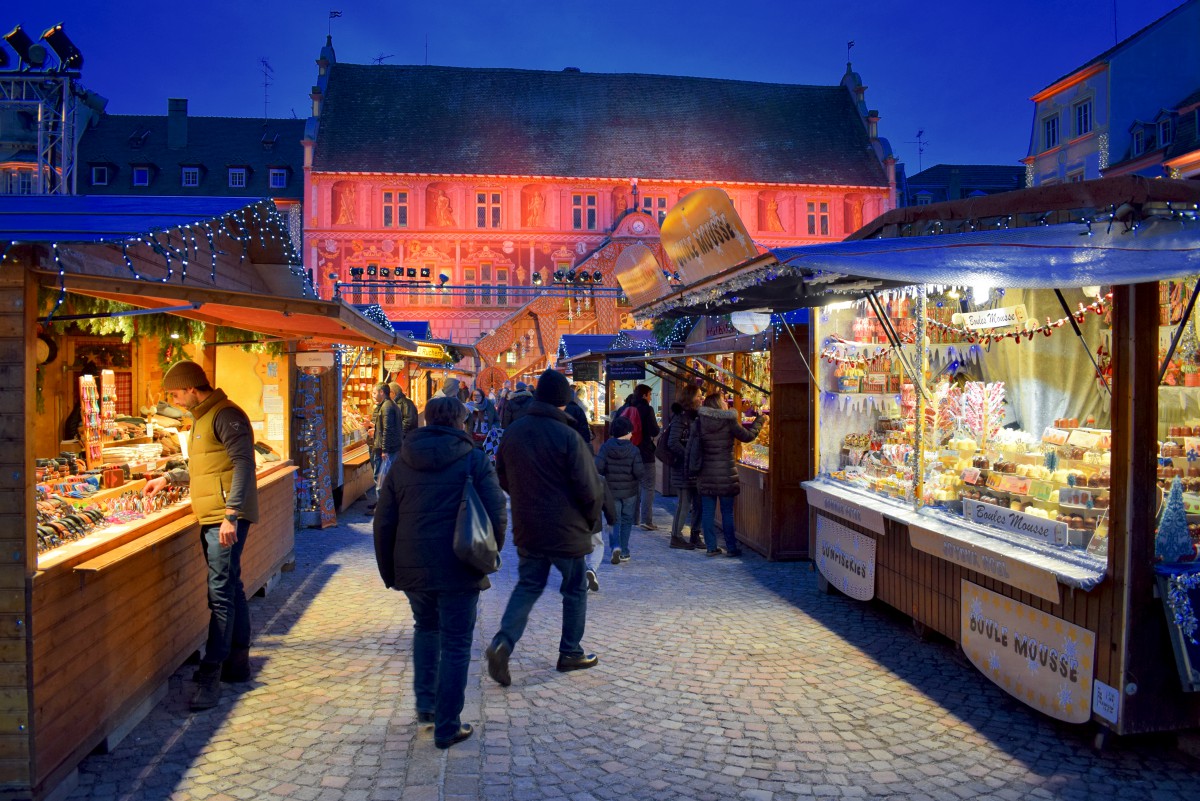
For more information, visit the website of the Mulhouse Tourist Board.



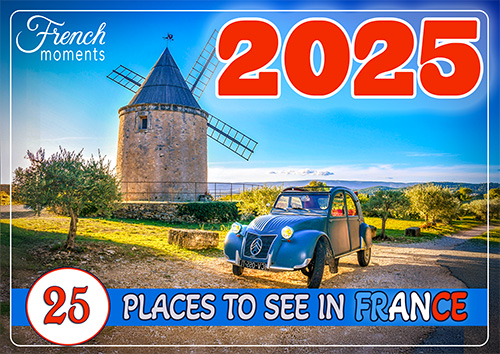
I was very taken with Mulhouse when we visited last year. It’s an interesting town and not overwhelmed with tourists, which isn’t always the case in Alsace.
Yes, it is an amazing town indeed! Thank you Stella!